- ABOUT AAPPS
- ANNOUNCEMENT
-
ACTIVITIES
ACTIVITIES
-
APPC
-
C.N. Yang Award
-
AAPPS Bulletin
-
APPC
-
DIVISIONS
DIVISIONS
-
Divisions
-
Working Groups
-


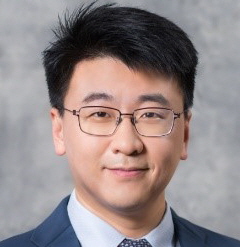 Danfeng LI
Danfeng LI
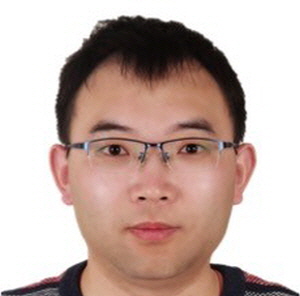 Li LI
Li LI
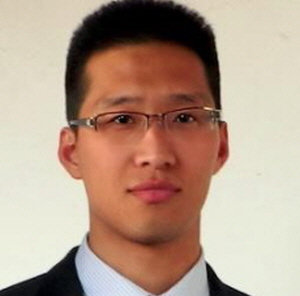 Liyong ZHANG
Liyong ZHANG
 Guancong MA
Guancong MA
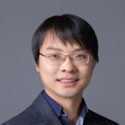 Jianwei WANG
Jianwei WANG
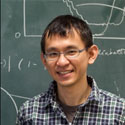 Meng-Ru WU
Meng-Ru WU
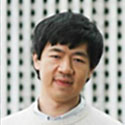 Chen FANG
Chen FANG
 Masashi OTANI
Masashi OTANI
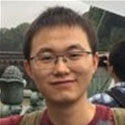 Yangping SHEN
Yangping SHEN
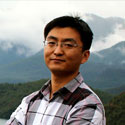 Jinsong ZHANG
Jinsong ZHANG
 Zhiqing LIU
Zhiqing LIU
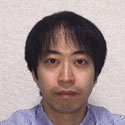 Nobuyuki KOBAYASHI
Nobuyuki KOBAYASHI
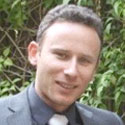 Igor AHARONOVICH
Igor AHARONOVICH
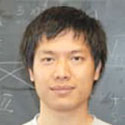 Xiong-Jun LIU
Xiong-Jun LIU
 Song HE
Song HE